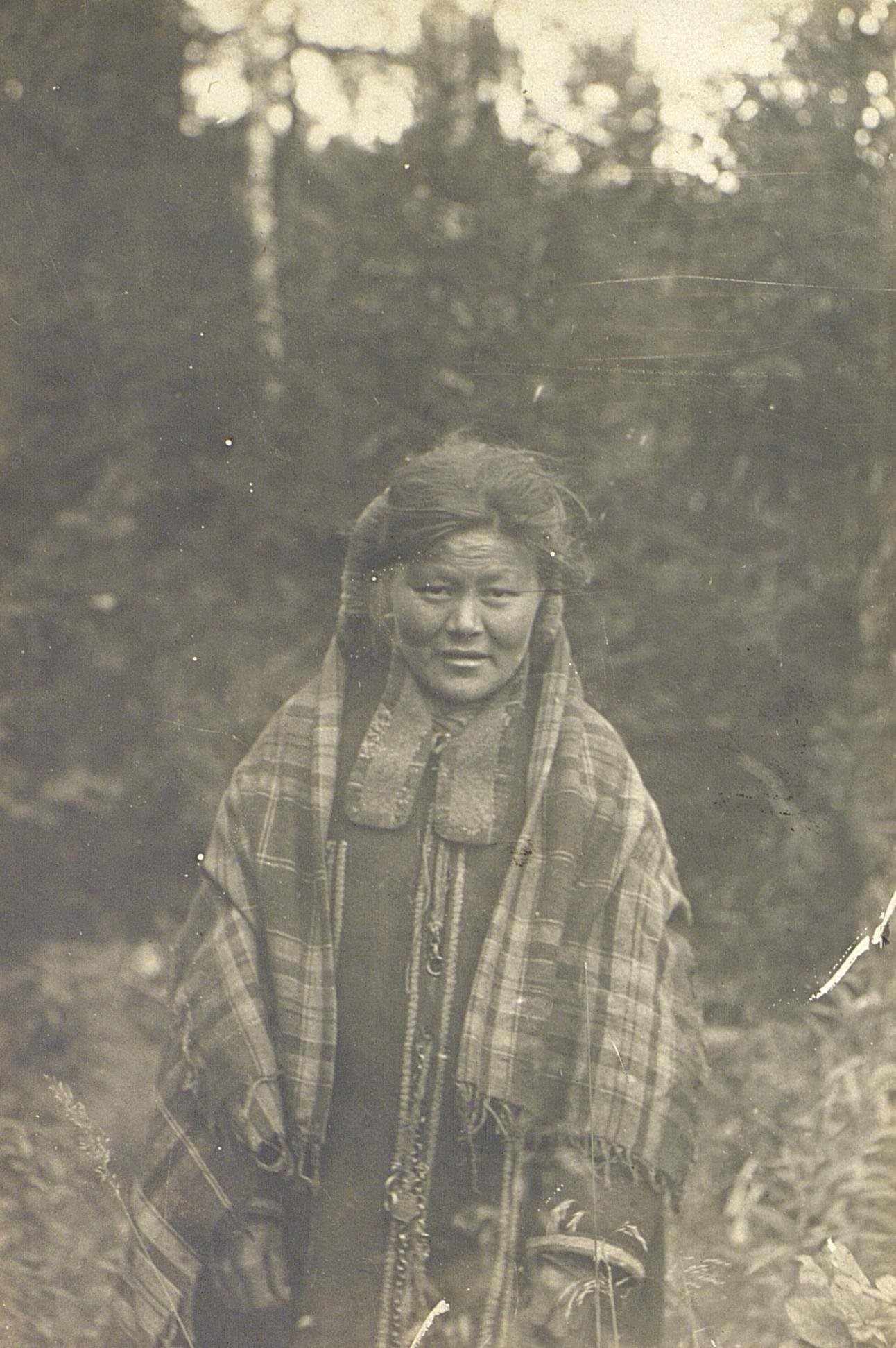|
|
Dr. Perevalova
Senior Research Fellow, Arctic Research Center, Museum of Anthropology and Ethnography, Russian Academy of Sciences
Dr. Kisser
Senior Research Fellow, Arctic Research Center, Museum of Anthropology and Ethnography, Russian Academy of Sciences
|
The Mansi. General Information (Endonyms, Ethnographic Groups, Population, Settlement)
The total number of Mansi, according to the 2020 All-Russian Population Census, is 12,308 people (5,725 men and 6,583 women).
The 2002 census puts the number of the Mansi in Russia at 11.432 persons with 10.561 of them living in the Tyumen region (9.894 in the Khanty-Mansi autonomous area) and 259 persons in the Sverdlovsk region. The 2010 Census put the number of Mansi at 12.269 persons, with 11.614 of them living in the Tyumen region (10.917 in the Khanty-Mansi autonomous area), and 251 in the Sverdlovsk region.
The Mansi, an indigenous trans-Urals people, inhabit the territory from the Ural Mountains and to the Ob river. Their endonym Mansi (Northern Mansi Man’shchi, Southern Mansi Men’dishchi) means “person.” Russian archival documents mention their old ethnonym Voguls (from the Komi word Vegul) as early as in the 14th century. Previously, the Mansi and other people of Northeastern Europe were called Yugra (Yogra in Komi). The name Vogul is of Komi-Zyryan origin and means “wild,” a “wild heathen person.” There is also a widespread opinion that the ethnonym “Vogul” comes from the word “Vykli,” the endonym of a nomadic tribe from the Northern Cis-Urals region.
Despite their small numbers, the Mansi used to settle over a fairly large territory. Before the 14th-16th centuries, the Mansi villages were located at the southern slopes of the Urals, along the rivers Chusovaya, Vishera, and all the way to the Pechora; in the south, they lived as far as the upper reaches of the Ufa river and nearly to the lower reaches of the Tura, the Tavda, the Sosva, the Pelym, and the Lozva. As Russians moved east beyond the Urals, they moved the Komi-Zyryan people away from the Pechora, and Voguls (the Mansi) were moved east, and they, in turn, moved Ostyaks (the Khanty) north and east. The Mansi made their final move to the Trans-Urals land fairly late, in the late 19th-early 20th century. Currently, the Mansi live along the Lower Ob and its tributaries the Severnaya Sosva and the Lyapin (Sygva), in the middle and upper reaches of the Konda, a tributary of the Irtysh, and in the Northern Urals along the Lozva river and in the upper reaches of the Pelym. Administratively, this is the Khanty-Mansi autonomous area – Yugra (Beryozovo, Oktyabrskoye, Sovetsky, and Kondinsky districts), the north of the Sverdlovsk region (the Ivdel district) and the Perm area.
The Mansi can be divided into several ethnographic groups: the Northern (Sosva-Lyapin), the Eastern (Konda), the Southern (Tavda-Turinsk), and the Western (Pelym-Lozva) groups. They differ significantly from each other in both their dialects and cultures. The Northern Mansi demonstrate an affinity with the Nenets and the Northern Khanty, while the Eastern Mansi are close to the Khanty the lower Irtysh, and the middle Ob. The Southern Mansi are closer to Siberian Tatars, and the Western Mansi are closer to the Finno-Permian peoples of the Cis-Urals region. Every Mansi group was to some degree influenced by Russians, Tatars, and the Komi before the 1917 revolution. As a result, Southern and Western Mansi groups became virtually extinct: most of them were assimilated, and some moved north and merged with the Khanty. The surviving Northern and Eastern groups emerged only at the turn of the 18th-19th centuries from the local Khanty population and the Mansi coming in from the south and the west. Members of Mansi territorial groups use endonyms based on the rivers along which they live: the Tagt Mansi live along the Sosva, the Sakv Mansi along the Lyapin, the Polum Mansi along the Pelym, and the Lozum Mansi along the Lozva.
The Northern (Sosva-Lyapin) Mansi best preserved their culture and traditions.
Together, Hungarian, Khanty, and Mansi form the Ugric branch of the Uralic language family.
In the 17th-18th century, the Mansi language had four dialect groups:
the Northern Mansi dialect that includes the Sygva (Lyapin), Sosva, Ob, and Upper Lozva subdialects;
the Western Mansi dialect including the Middle Lozva, Lower Lozva, Pelym, and Vagil subdialects;
the Eastern Mansi including the Lower-, Middle-, Upper-, and Southern Konda subdialects;
the Southern group with the now-extinct Tavda dialect.
The dialects of the Northern, Eastern, Southern, and Western Mansi were so different that linguists had thought them to be separate languages, but by the 19th century, virtually all Western and Southern Mansi had become Russified. Currently, the Northern (Severnaya Sosva and Lyapin) and Eastern (Konda) dialects survive with the latter being frequently called Southern Mansi dialects. The literary Mansi language is based on the Northern Mansi dialect. The cultural unity of the Mansi and the Khanty allows them to be combined under the name “Ob Ugrians.”





























































